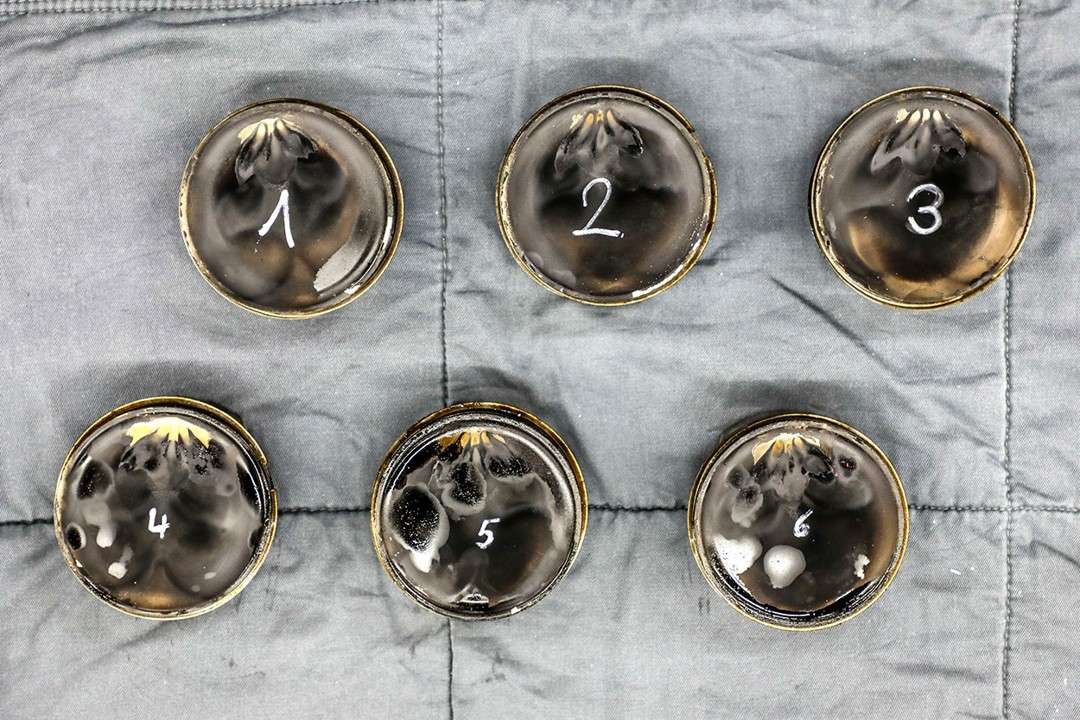Greetings all
I tossed some more images that I stumbled across in my previous post. Hopefully the additional info helps.
The 'heavy diesel' piston with the sodium filled cooling channels got me thinking about the hot section vanes in a jet engine. Those hot section vanes are investment cast in steel with complex internal cooling passages. So, are we doing anything with 3D printing that can't be done via. existing technology? Casting and 3D have similar requirements for getting the core/excess powder out of the finished part, so no real advantage there. In steel or aluminum there isn't an advantage one way or the other from a material POV. 3D printing is a win when more exotic alloys are involved as many of those can't be cast easily. Does it come down to just the 'rapid' part of the equation?
Cheers,
Jon
- Login or Register
No account yet? Sign up

